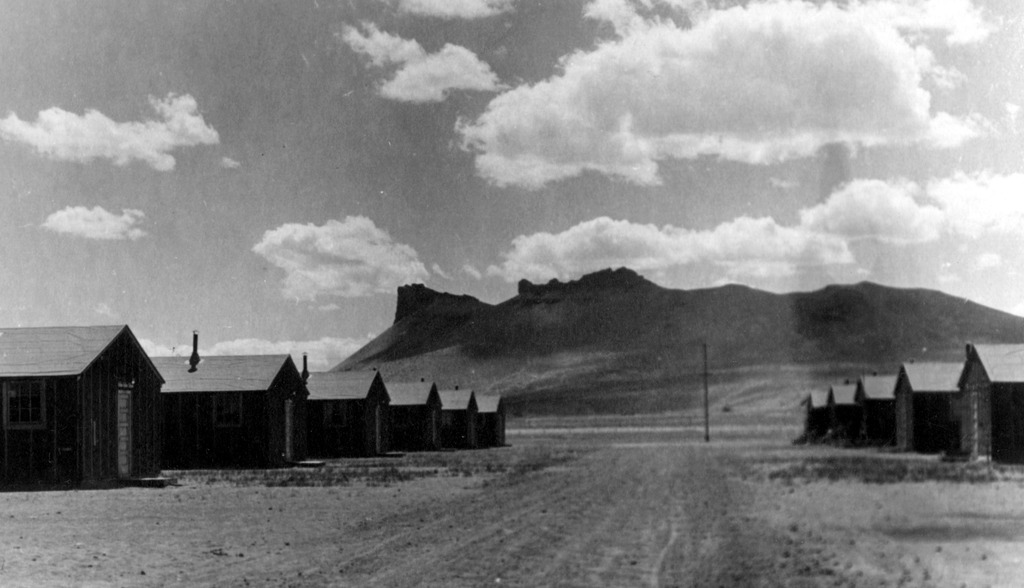July 14, 2020
Tule Lake began as one of ten concentration camps that held Japanese Americans forcibly removed from the West Coast in 1942. Early experiences there were, in many ways, much like that at other camps. But in July 1943, Tule Lake became a “segregation center” for Japanese Americans who had refused to give unqualified “yes” responses to the infamous loyalty questionnaire. Overcrowding, labor disputes, increased militarization, and other conditions led to unrest, and eventually over 5,000 Tule Lake inmates renounced their U.S. citizenship.
In this presentation for JAMPilgrimages’ Tadaima! Virtual Pilgrimage, filmmaker Sharon Yamato and Densho Content Director Brian Niiya give an overview of this complicated history. Watch to explore how Tule Lake has evolved over time from a place stigmatized by the larger Japanese American community to one that is recognized today for its role in resistance to the WWII incarceration.
Resources to Learn More about Tule Lake
Check out Brian and Sharon’s Tule Lake Resource List for highlighted works focused on Tule Lake.
Visit the Tule Lake Pilgrimage website for more information about the history of Tule Lake and current efforts to preserve it.
For a list of significant general works on the incarceration, see https://densho.org/additional-resources/.
To watch the full interviews of the video clips in the presentation, click the links below:
- Hiroshi Kashiwagi Interview by Chizu Omori (primary) and Emiko Omori (secondary), San Francisco, California, October 1, 1992.
- Edith Watanabe Interview by Stacy Sakamoto, Seattle, Washington, November 4, 1996.
- Frank Miyamoto Interview III by Stephen Fugita, Seattle, Washington, April 29, 1998.
- Tokio Yamane Interview by Sachiko Takita-Ishii, Yoko Murakawa, and Noriko Kawakami, Japan, May 23, 2004.
- Bill Nishimura Interview by Alice Ito, Klamath Falls, Oregon, July 2, 2000.
- Hiroshi Kashiwagi Interview by Alice Ito, Klamath Falls, Oregon, July 3, 2004.
—
[Header image: View of the Tule Lake concentration camp barracks. Photo courtesy of the Bain Family Collection.]
